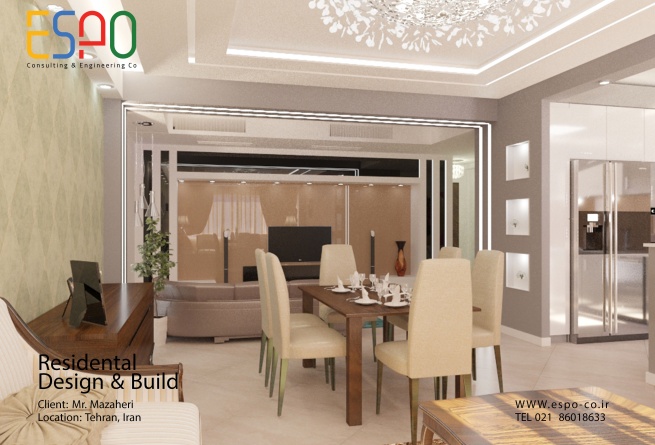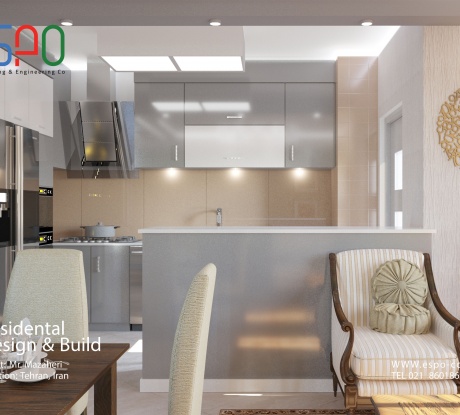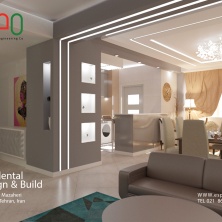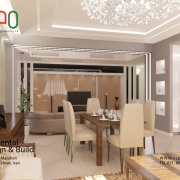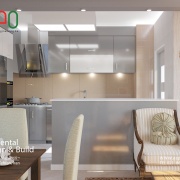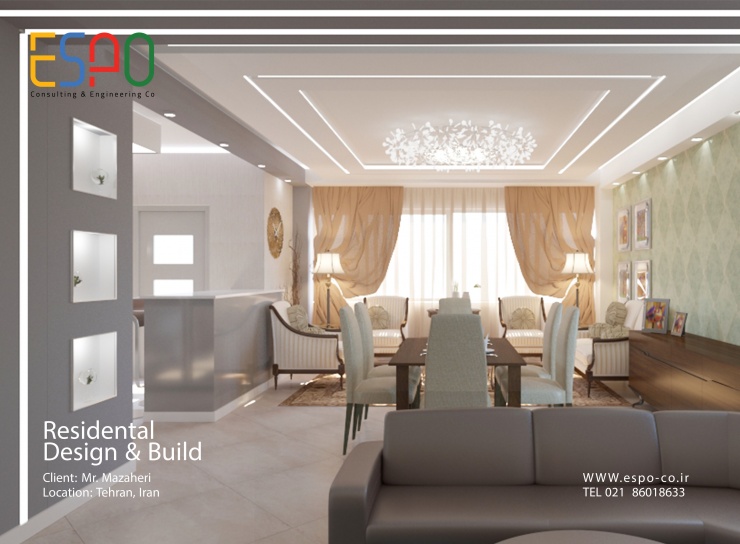
شرکت اسپو یکی از شرکتهای با تجربه و خوشنام در زمینه طراحی دکوراسیون داخلی و معماری است. ما با بهرهگیری از تیمی متخصص و با دانش روز، توانسته ایم پروژههای موفقی را در حوزههای مختلف، از جمله منازل مسکونی، فضاهای تجاری، دفاتر اداری و هتلها به انجام برساند. اسپو با رویکردی خلاقانه و مدرن، توانسته است ترکیبی از زیبایی و عملکرد را در پروژههای خود ارائه دهد.
ویژگیهای برجسته شرکت اسپو:
1. تجربه و سابقه طولانی: اسپو سالهاست که در حوزه طراحی و معماری فعالیت میکند و پروژههای موفق متعددی در سطح ملی و بینالمللی به سرانجام رسانده است.
2. طراحیهای خلاقانه و منحصربهفرد: اسپو همواره به دنبال ارائه طرحهایی است که علاوه بر زیبایی، با نیازها و سبک زندگی مشتریان سازگاری کامل داشته باشد. سبکهای متنوعی از مدرن تا کلاسیک و مینیمالیست در پروژههای این شرکت دیده میشود.
3. استفاده از مواد و فناوریهای روز: این شرکت به طور مستمر از مواد باکیفیت و تکنولوژیهای جدید برای بهبود کیفیت فضاها استفاده میکند تا همواره با جدیدترین روندهای جهانی همگام باشد.
4. تعهد به زمان و بودجه: یکی از اولویتهای اسپو ارائه پروژهها در زمان مقرر و در چهارچوب بودجه مشتری است. این تعهد به کیفیت و زمانبندی یکی از دلایل موفقیت و اعتماد مشتریان به این شرکت است.
5. مشاوره تخصصی: شرکت اسپو علاوه بر اجرای پروژهها، خدمات مشاوره تخصصی در زمینه طراحی داخلی و معماری ارائه میدهد. این مشاورهها به مشتریان کمک میکند تا بهترین انتخابها را در رابطه با سبک، مواد و چیدمان فضا داشته باشند.
حوزههای فعالیت:
• طراحی و دکوراسیون داخلی منازل مسکونی
•طراحی و اجرای مراکز درمانی و بیمارستانی
• طراحی فضاهای تجاری و فروشگاهی
• طراحی دفاتر اداری و سازمانی
• طراحی و معماری هتلها و رستورانها
شرکت اسپو با ارائه خدمات حرفهای، درک عمیق از نیازهای مشتریان و اجرای دقیق پروژهها، توانسته است به عنوان یکی از پیشروان در صنعت طراحی و دکوراسیون داخلی شناخته شود.


